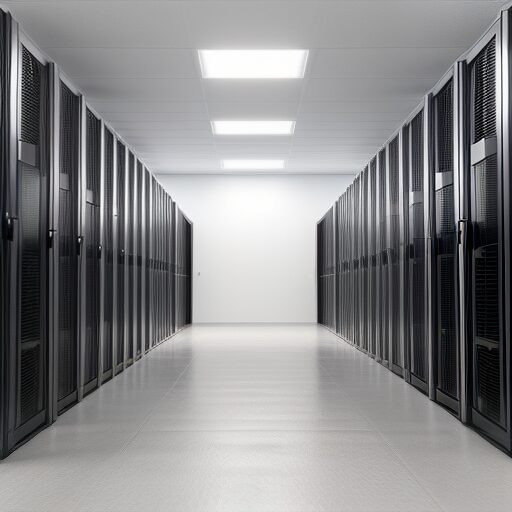System Setup and Integration in the context of IT services involves the process of configuring and combining different technological components to create a cohesive, efficient, and functional IT environment. This service is crucial for businesses to ensure that their technology infrastructure meets their specific needs and operates smoothly. Here are the key aspects of system setup and integration:
Hardware Setup: Installing and configuring physical hardware components such as servers, workstations, networking devices, and storage units. This also includes setting up peripheral devices like printers and scanners.
Software Installation and Configuration: Installing and configuring software applications that the business needs. This ranges from operating systems, office productivity tools, to specialized business applications.
Network Configuration: Setting up and configuring network infrastructure, including LAN (Local Area Network), WAN (Wide Area Network), Wi-Fi networks, and VPN (Virtual Private Network) services for secure remote access.
System Integration: Combining multiple IT systems, such as CRM (Customer Relationship Management), ERP (Enterprise Resource Planning), and other business management software, to work together seamlessly. This often involves integrating databases and software applications to ensure smooth data flow and functionality across the organization.
Cloud Integration: Integrating cloud services with on-premises infrastructure. This could involve setting up cloud storage solutions, cloud-based applications, or hybrid cloud environments.
Data Migration: Migrating data from old systems to new systems safely and efficiently. This includes planning, executing, and verifying the data transfer process.
Security Implementation: Establishing security measures such as firewalls, anti-malware software, and encryption protocols to protect the system from cyber threats.
Testing and Quality Assurance: Conducting thorough testing of the integrated system to ensure that all components are working harmoniously and meeting performance expectations.
User Training and Support: Providing training to users on how to use the new systems effectively and offering ongoing support to address any issues or questions that arise.
Compliance and Best Practices: Ensuring that the system setup and integration comply with relevant industry standards and best practices, including data privacy regulations.
Backup and Disaster Recovery Planning: Setting up reliable backup solutions and disaster recovery plans to safeguard data and ensure business continuity in case of system failure.
Performance Monitoring and Optimization: Continuously monitoring system performance and making necessary adjustments or upgrades to maintain optimal operation.
System setup and integration require careful planning, technical expertise, and a thorough understanding of the organization’s needs and workflows. When done effectively, it can significantly enhance the efficiency, scalability, and competitiveness of a business.







